Nicholas Sawicki is an Associate Professor of Art History in the Department of Art, Architecture and Design at Lehigh University. He has been working this summer on an exhibition in the Czech Republic.
For research, the summer months have a different pace to them than the rest of the year. The campus becomes quieter, time frees up, and it becomes possible to work on larger projects that can’t be fit into the usual academic calendar. This is the time of year when I’m either buried in writing or packing my bags for travel, and this summer has been no different. I’ve been spending most of my days putting the final touches on a museum exhibition that I’m curating in the Czech Republic, which I have just finished installing.
The exhibition focuses on the artist Friedrich Feigl (1884-1965). He was a prominent modernist painter and printmaker from Prague, and spent part of his career in Berlin and London. I have been publishing on Feigl for some time, and a few years ago I was approached with the idea of curating an exhibition of his work. The invitation came from the Gallery of Fine Arts in Cheb, a Czech state museum in what used to be known as the Sudetenland, the part of Czechoslovakia that Nazi Germany annexed in 1938.
Today Cheb is a city of around 30,000, with a historic town square of late gothic, renaissance, and baroque buildings. The Gallery of Fine Arts is housed in a large palace built in the early 18th century as the city’s town hall. It has an extensive museum collection, and has recently started organizing exhibitions of German and Jewish artists once active in Czechoslovakia, whose memory and legacy was mostly erased by World War II, the Holocaust, and postwar communism. Feigl was Jewish and spent much of his life in the country, until the Nazis advanced on Prague in spring 1939, forcing him and his wife to flee for the west. They lost much of their family to the Holocaust, and escaped for London, where Feigl joined a large community of exiled Central European artists, writers, and cultural figures.
The planning of a museum exhibition is generally a long process, with countless decisions to be made along the way: selecting which works to include and researching their history, arranging loans and transport of works from different museums, creating a plan for how these objects will be installed in the gallery space, and writing the narrative text and captions that audiences will use to navigate the exhibition. The two years I had to work on the project were a short window of time, all the more because I was concurrently editing a new monograph on the artist, to be published with the exhibition. To take me through the final stretches of my work, I had the support of a Faculty Research Grant, which helped me bring the project to conclusion.
I had started planning for the exhibition early on with some quick sketches, initially thinking about what selection of works would best tell the story of Feigl’s life and art, and how this narrative might unfold in the five rooms that make up the gallery space. I also decided on a title for the show, Friedrich Feigl: The Eye Sees the World. It had to work equally well in Czech and German, as these two languages are also in use in the textual materials accompanying the exhibition. The titling takes its cue from what I have come to understand as a discerning feature of Feigl’s art—the way his innovative modernist works always retain a connection to the visible world, an unwavering interest and curiosity for the observable subjects of his own physical and social surroundings.

As the planning process for the exhibition moved forward, I worked closely with the director of the Gallery of Fine Arts, Marcel Fišer, to determine which of the works we could actually borrow from museum and private lenders, scattered across the Czech Republic, England, Germany, and the United States. I then used design software to produce more detailed iterations of the installation plan. The exhibition features more than 70 works, and for a show this large in scale, designing the installation is like putting together a puzzle without fully knowing what the outcome will look like until the very end. There are multiple moving parts, and it’s a process that benefits from feedback. While working on the show, I dropped in to talk with colleagues Mark Wonsidler and Jeffrey Ludwig at the Lehigh University Art Galleries to get their input on the exhibition design, which I then further refined and sent on to Cheb.
Continue reading Curating Friedrich Feigl: The Eye Sees the World →
 a PhD. In addition to seeking out the archives at Humboldt University (formerly the University of Berlin), I was also asked to present my research to a group of graduate students at the University of Potsdam. At the invitation of Professor Logi Gunnarsson, an expert on James’s work, I was able to share the influence of James’s teaching on the young Du Bois, as we navigated James’s 1890 text “The Hidden Self.” The dialogue and feedback was wonderful. And I made an invaluable friend and colleague in Logi. We often forget how influential German intellectuals were in shaping the American academy. James and Du Bois were no different. It was truly exciting to be in this formerly divided city, thinking about race, the subconscious mind, and double consciousness, all with young men and women eager to complete their own graduate education and share their perspectives on a topic that clearly crosses the Atlantic in terms of importance. I look forward to returning to Cambridge to learn more about James and Du Bois at Harvard – but also one day to Berlin – and to Potsdam – to revisit the same field of study that so shaped these two critical thinkers in American race and psychology.
a PhD. In addition to seeking out the archives at Humboldt University (formerly the University of Berlin), I was also asked to present my research to a group of graduate students at the University of Potsdam. At the invitation of Professor Logi Gunnarsson, an expert on James’s work, I was able to share the influence of James’s teaching on the young Du Bois, as we navigated James’s 1890 text “The Hidden Self.” The dialogue and feedback was wonderful. And I made an invaluable friend and colleague in Logi. We often forget how influential German intellectuals were in shaping the American academy. James and Du Bois were no different. It was truly exciting to be in this formerly divided city, thinking about race, the subconscious mind, and double consciousness, all with young men and women eager to complete their own graduate education and share their perspectives on a topic that clearly crosses the Atlantic in terms of importance. I look forward to returning to Cambridge to learn more about James and Du Bois at Harvard – but also one day to Berlin – and to Potsdam – to revisit the same field of study that so shaped these two critical thinkers in American race and psychology. a PhD. In addition to seeking out the archives at Humboldt University (formerly the University of Berlin), I was also asked to present my research to a group of graduate students at the University of Potsdam. At the invitation of Professor Logi Gunnarsson, an expert on James’s work, I was able to share the influence of James’s teaching on the young Du Bois, as we navigated James’s 1890 text “The Hidden Self.” The dialogue and feedback was wonderful. And I made an invaluable friend and colleague in Logi. We often forget how influential German intellectuals were in shaping the American academy. James and Du Bois were no different. It was truly exciting to be in this formerly divided city, thinking about race, the subconscious mind, and double consciousness, all with young men and women eager to complete their own graduate education and share their perspectives on a topic that clearly crosses the Atlantic in terms of importance. I look forward to returning to Cambridge to learn more about James and Du Bois at Harvard – but also one day to Berlin – and to Potsdam – to revisit the same field of study that so shaped these two critical thinkers in American race and psychology.
a PhD. In addition to seeking out the archives at Humboldt University (formerly the University of Berlin), I was also asked to present my research to a group of graduate students at the University of Potsdam. At the invitation of Professor Logi Gunnarsson, an expert on James’s work, I was able to share the influence of James’s teaching on the young Du Bois, as we navigated James’s 1890 text “The Hidden Self.” The dialogue and feedback was wonderful. And I made an invaluable friend and colleague in Logi. We often forget how influential German intellectuals were in shaping the American academy. James and Du Bois were no different. It was truly exciting to be in this formerly divided city, thinking about race, the subconscious mind, and double consciousness, all with young men and women eager to complete their own graduate education and share their perspectives on a topic that clearly crosses the Atlantic in terms of importance. I look forward to returning to Cambridge to learn more about James and Du Bois at Harvard – but also one day to Berlin – and to Potsdam – to revisit the same field of study that so shaped these two critical thinkers in American race and psychology.
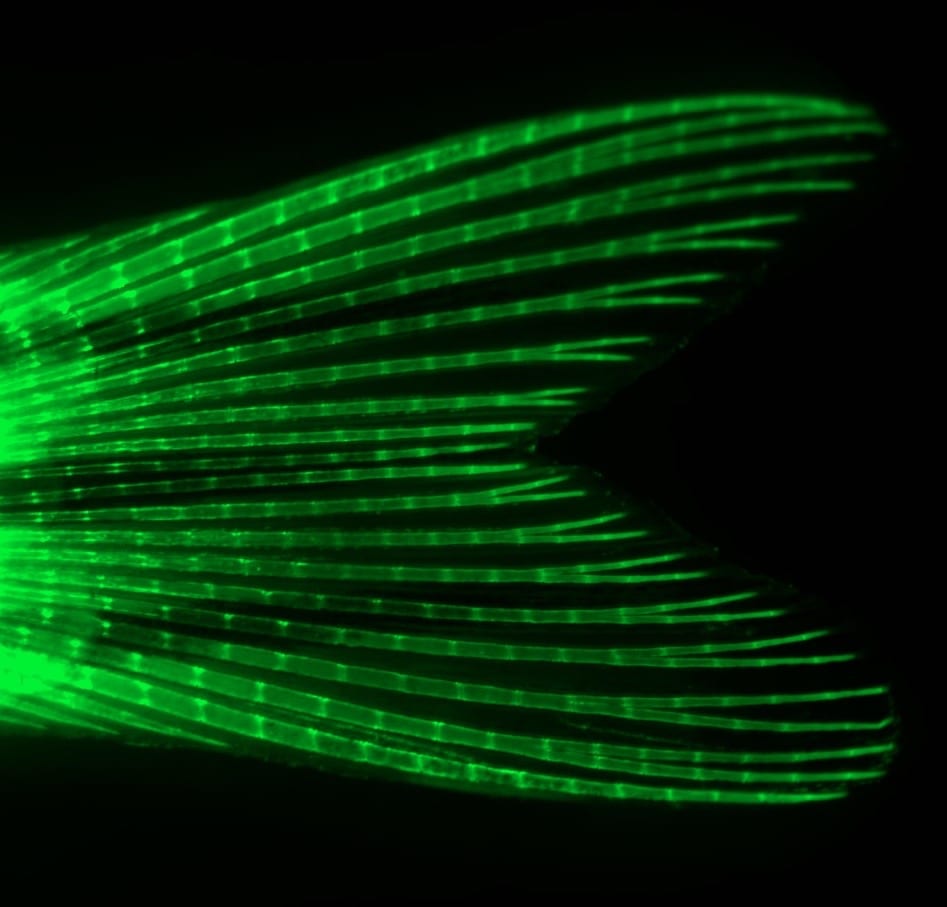
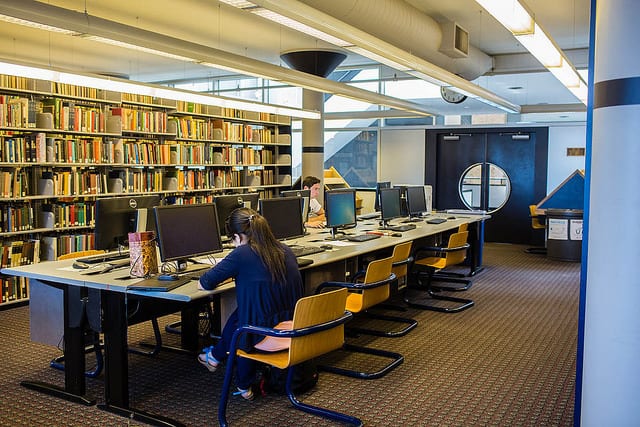


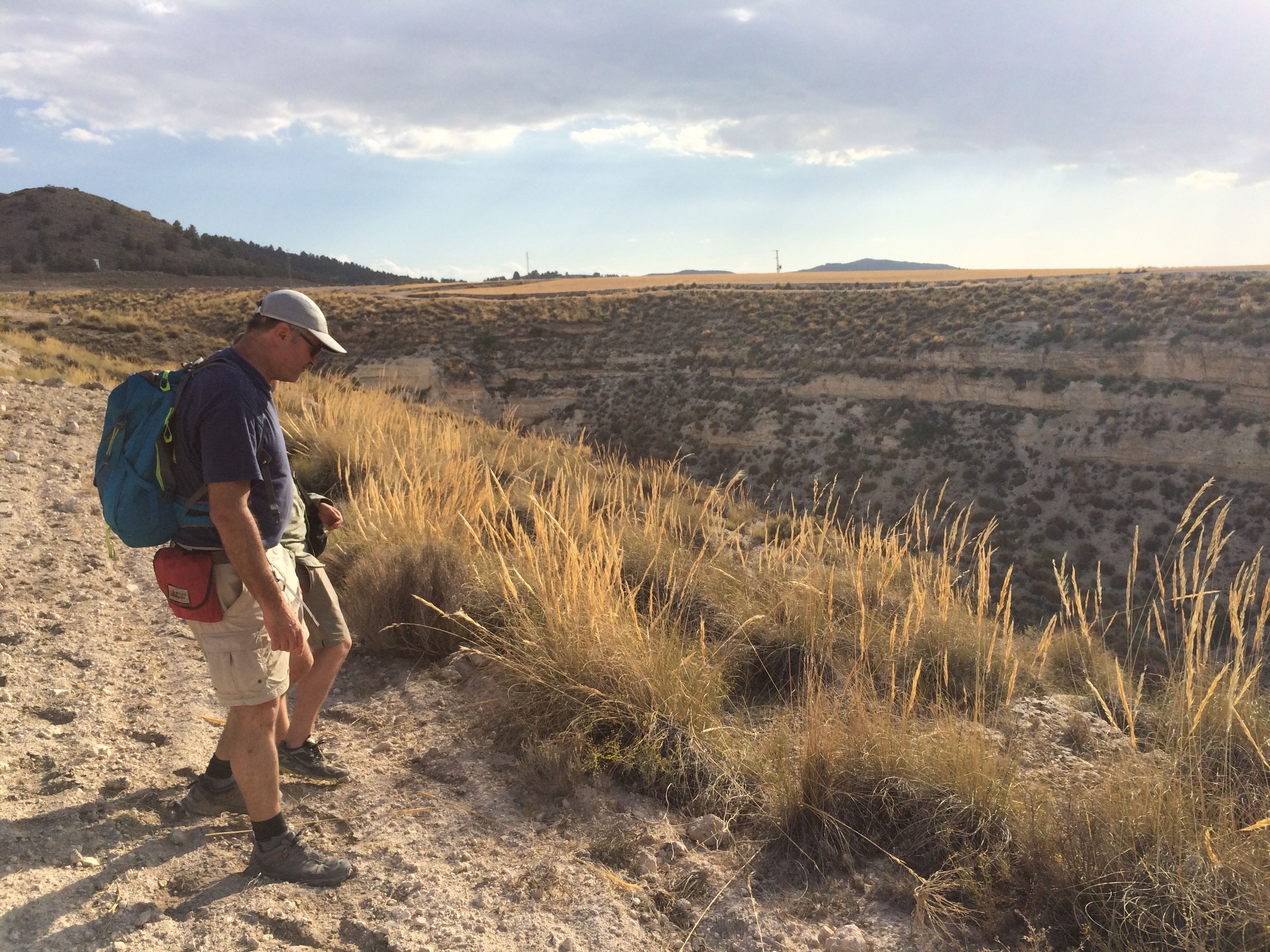


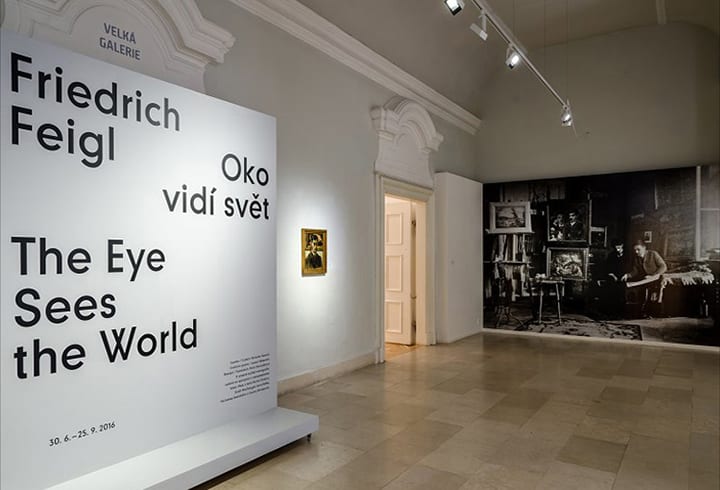


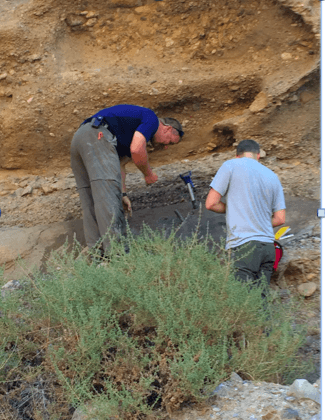
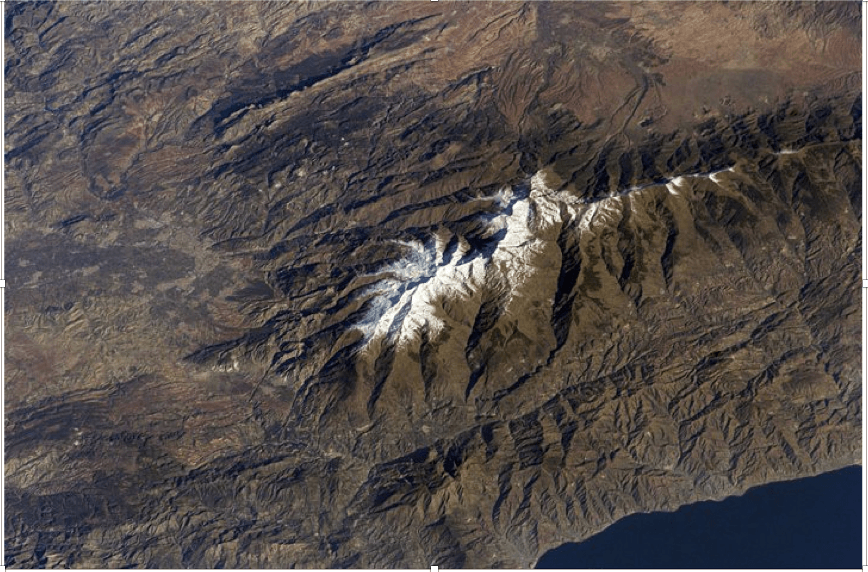

 large marble lions, and into the darkly paneled library to unearth old texts. The new British Library, situated several blocks away from the British Museum, opened in 1998. It exudes a beauty and light appropriate for this invaluable collection of 150 million items, including manuscripts, maps, newspapers, magazines, prints, drawings, musical scores, patents, sound recordings, stamps, and, of course, books. As the
large marble lions, and into the darkly paneled library to unearth old texts. The new British Library, situated several blocks away from the British Museum, opened in 1998. It exudes a beauty and light appropriate for this invaluable collection of 150 million items, including manuscripts, maps, newspapers, magazines, prints, drawings, musical scores, patents, sound recordings, stamps, and, of course, books. As the